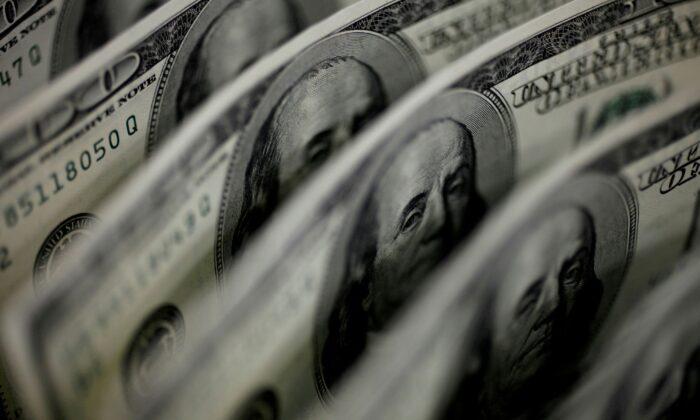Twenty-six percent of Americans say their financial situation will get worse in 2022, including 18 percent saying their financial situation will get somewhat worse while 8 percent say it will get significantly worse. Forty-two percent say their financial situation will stay about the same in 2022.
Just 33 percent of American adults said they expect their personal financial situation to improve next year, while 42 percent said it would stay about the same and 26 percent said it will get worse.
The biggest barrier to better finances is inflation, which in November hit a multi-decade high of 6.8 percent. Surging prices were cited as the chief factor by 54 percent of those who don’t expect their money situation to improve and by 70 percent of those who said they anticipate their personal finances will get worse.
“Inflation worries have dragged consumer confidence to a decade low and is the top reason Americans don’t expect their finances to improve, and particularly to get worse,” Bankrate Chief Financial Analyst Greg McBride said in a statement. “This feeling goes far beyond gas prices, as inflation has broadened out and consumers see higher prices at every turn.”
Accelerating prices have become a key worry among U.S. consumers, more so than unemployment, according to Richard Curtin, director of the University of Michigan’s closely watched Consumer Sentiment Index.
But much of the modest rise in overall consumer confidence in December was driven by a sharp increase in sentiment among the bottom third of earners, which was lifted by their expectations for future wage gains, Curtin said.
“This suggests an emerging wage-price spiral that could propel inflation higher in the years ahead,” Curtin said, with his remarks recalling a period in the 1970s when future inflation expectations became deanchored, sending wages higher and fueling an upward inflationary spiral.
Other reasons cited in the Bankrate survey as the biggest barrier to a better money situation next year by those expecting their finances to get worse include the ongoing pandemic (33 percent), life circumstances (23 percent), stagnant or declining wages (23 percent), debt burden (18 percent), changing interest rates (17 percent), and the amount of money made on savings and investments (15 percent).





